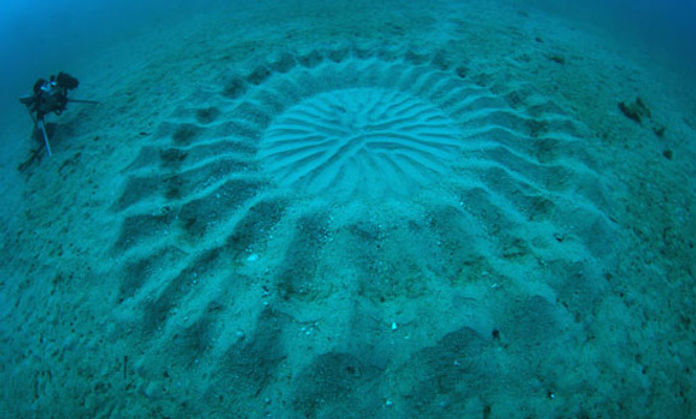By: Tiffany Wong
Deep beneath the ocean near Central and South America, there are super hot hydrothermal vents that form due to volcanic activity. These vents used to be known for the tiny microorganisms they hosted on their surfaces, but a recent robot expedition found larger animals, like strange tubeworms, living below them. This was the first time animals were found in this extreme environment. In August, 2023, Dr. Monika Bright from the University of Vienna led a team using a robot called SuBastian to explore vents in the East Pacific Rise’s volcanic area.
The idea of animals in hot volcanic rock hideouts was surprising. The depth, heat, low oxygen, and toxins challenged what we thought about life’s limits. However, experts had guessed animals could survive alongside small organisms in cooler spots.
Hydrothermal vents look like strange chimneys near underwater volcanoes. They release very hot water with lots of minerals due to magma and seawater mixing. Despite the tough conditions, these vents are home to special creatures like tubeworms that depend on bacteria that eat sulfur.
Bright’s team found intricate glassy rock networks with somewhat mild water temperatures of about 75 degrees Fahrenheit. These spaces held various animals, including tubeworms, snails, and different worms. “They were just growing in there, living in there,” Dr. Bright said.
This discovery raises questions about the relationships between animals, small organisms, and life’s stages in these hidden places. People even wonder if similar spots might exist on other planets, like Saturn’s moon Enceladus, which might have hydrothermal vents under icy seas.
However, Dr. Bright stays focused on Earth’s mysteries. She’s excited about finding new things on our planet, even after studying these places for a long time.











